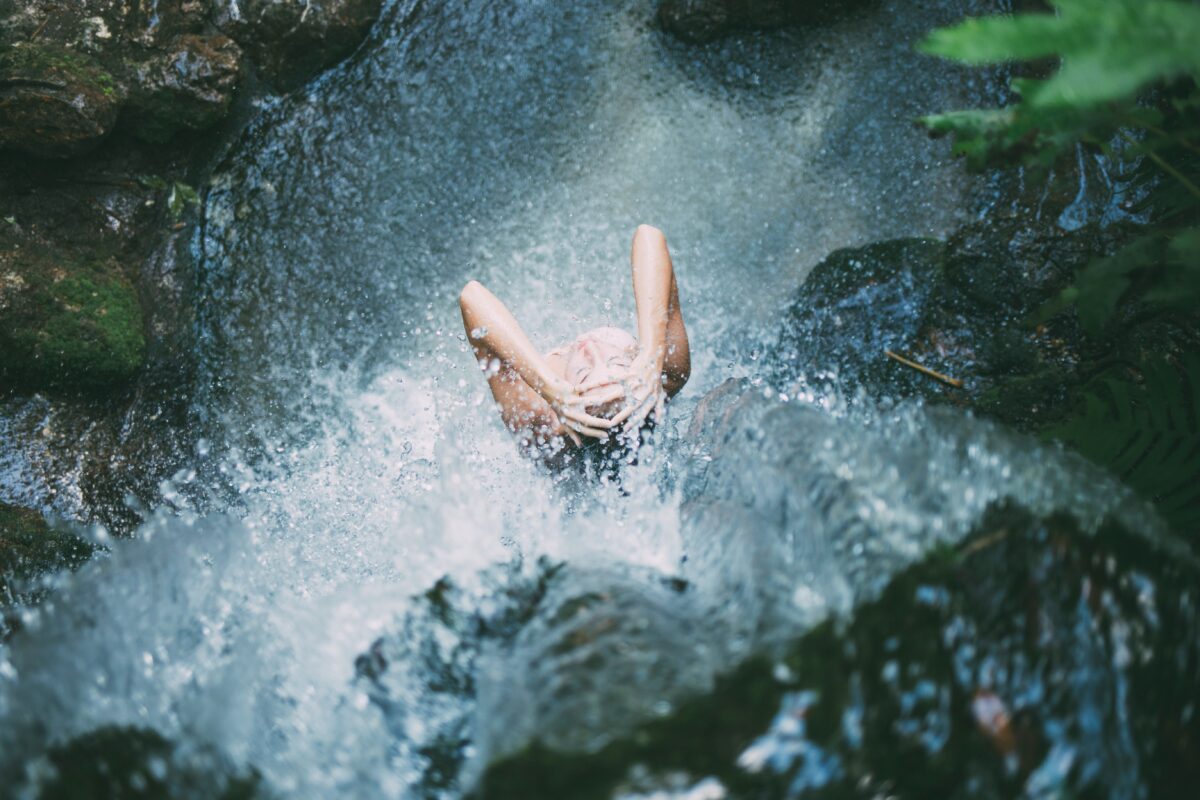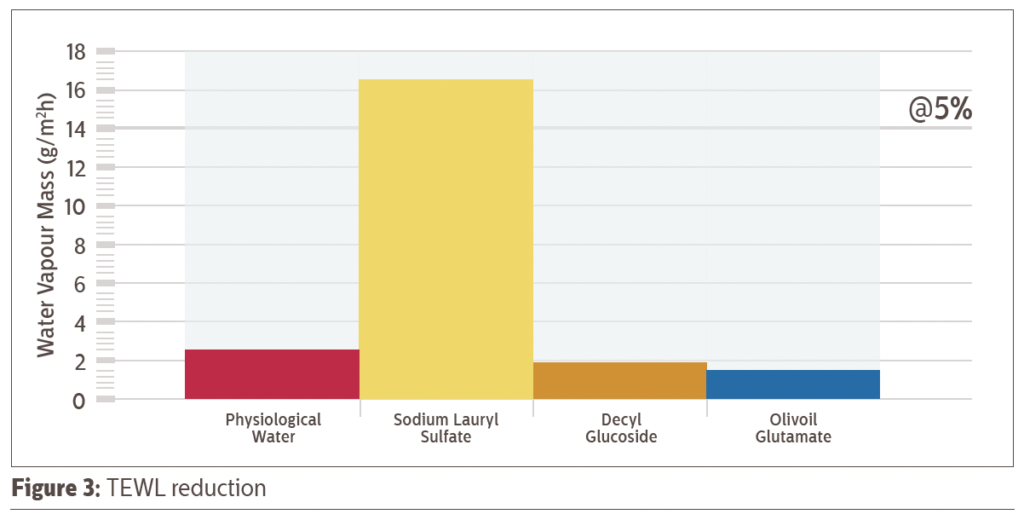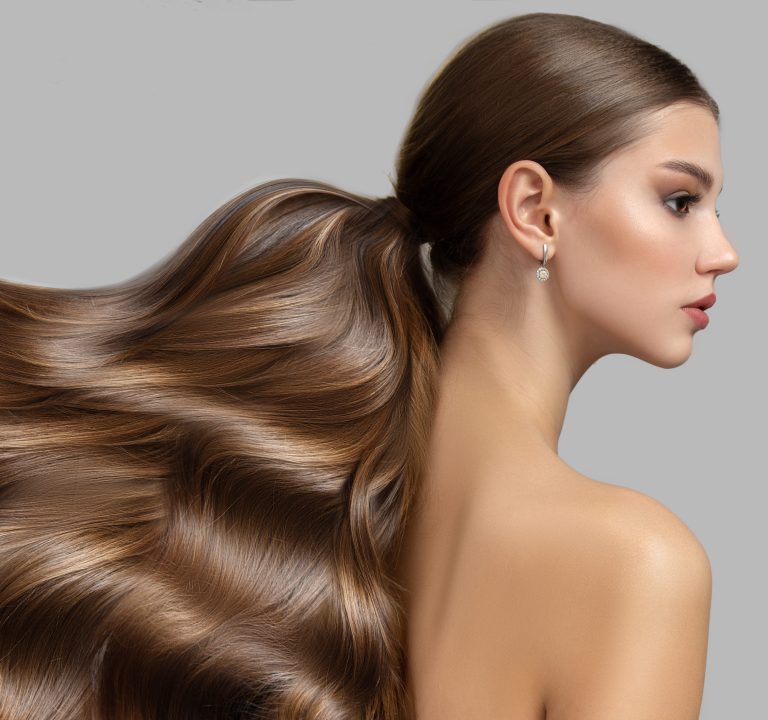Olive oil upcycled ‘surf-active’ for skin and hair
Ingredient for skin and hair

1 October 2024
The use of common surfactants exposes well-known environmental issues such as low biodegradability and possible toxicological effects for human, animal and aquatic life, and adverse effects for skin and eye. Studies have shown the ecological impacts of commercially available surfactants, including anionic and cationic ones (quaternary ammonium compounds) due to their bioaccumulative properties and toxicity behaviour.
The widespread and daily use of skin care and cleansing products has led over the years to concerns about water contamination by surfactants contained in cosmetic products. Evidence has shown that some of the common classes of surfactants (alkyl sulphates, amine oxide, alcohol ethoxylates, sulfonate derivatives etc.), since they could not be fully removed by water treatment, might accumulate in water courses with foam formation and water oxygen levels reduction, with toxic effect for aquatic life.
It has also been demonstrated that the breakdown products could be more toxic than their precursors for the persistence in the environment.1 For example, the SLES (generally biodegradable) could turn into a non-biodegradable substance, if contaminated by 1,4-dioxane (by-product from the ethoxylation reaction of sodium lauryl sulphate).
It was found that both products containing anionic, as alkyl ether sulphates, and non-ionic polyethoxylated surfactants, could potentially contain 1,4-dioxane which has a well-known toxic and severe side-effect potential. Some surfactants give irritation issues, with negative effects both for the skin (in most of cases dryness and roughness, or skin burning as it has been reported for sulphates,1 and for the eyes (from reddening and tearing to severe damage to the ocular tissue) especially with long-term use, depending on the surfactant, pH and concentration.
Surfactants and water scarcity
Published studies have shown that, among the surfactants on the market, some of them as acyl glutamate and alaninate need less amount of water for product removal than conventional surfactants (with reduction of water consumption by 40% compared to sulfates and betaines).
It was demonstrated that the water saving features of acyl glutamates are given by the specific polarity of their polar head size (thus the effective head area, which changes with pH and is larger than the polar head of a sulfate); the reduced glutamate charge density than its sulfate counterpart produces a weaker electrostatic attraction to a substrate. Glutamate-based surfactants have therefore shown to be less aggressive than benchmark surfactants and with known ecological, sustainable and biodegradable properties.
Olive-oil based surfactants: sustainability profile
Olive-oil based specialties fully address the cosmetic market needs in boosting the sustainability and cleanliness of beauty products. Olive oil, in fact, is not produced from crops that require annual sowing like other oils (soy, rapeseed, corn, sunflower etc.) but from permanent crops with various advantages from a sustainability perspective.
Compared to annual plantations, olive groves absorb greater amount of CO2 from the atmosphere; their soil is richer in nutrients as it is processed less frequently; this also means less waste of energy, including human resources; they require less water for irrigation since the deeper roots allow them to absorb water more deeply, a very important aspect in terms of optimizing the management of water resources; they take years to reach the production phase, giving the ecosystem time to mature and reach balance between the various species (in fact they require very low use of insecticides).
Furthermore, the olive oil extraction method can be considered more sustainable because it does not require the use of solvents and heat, but is a mechanical method at lower temperatures. Finally, olive oil crops are always non-GMO.
Upcycling process: olive fatty acids
There are different varieties of olive oil depending on the fraction of free fatty acids not bound to glycerol to form triglycerides (oil acidity).
Due to its high acidity index (>2%), ‘lampante’ oil (byproduct of olive oil production for food industry, traditionally used in lamps as combustive agent) is allowed to be used only to obtain refined oils for food use (‘recycling’ model), or fatty acids as components of cosmetic raw materials (‘upcyling’ model, given the well-known cosmetics benefits of oleic and linoleic acids, both components making around 80% of olive fatty acids composition profile).
The olive oil fatty acids present in Olivoil specialties are obtained through the hydrolysis of olive oil triglycerides contained in this specific variety.
Olivoil specialities
Olivoil specialties are a family of lipo-amino acid/lipo-sugar based emulsifiers and surfactants developed by Kalichem. The raw material of interest object of this discussion is the ‘surf-active’ Olivoil Glutamate (OG) (active components INCI: Sodium Olivoyl Glutamate, Disodium Cocoyl Glutamate). The ‘surf-active’ concept refers to the capability of specific molecules of acting at the same time both as surfactant and skin/hair functional ingredient.

The active features of OG rely on the functional impact given by olive oil fatty acids. Oleic acid (omega-9) is a particularly powerful emollient agent able to reduce the appearance of aging, such as premature wrinkles and fine lines.
It proved to revert some processes related to hair metabolism issues such as hair depigmentation, dermatitis and baldness, reduce dandruff and support hair growth. Linoleic acid (Omega-6) is a skin-conditioning agent: since it retains skin moisture, it makes the skin softer, smoother, plumper and healthier.
By keeping skin hydrated, it could have positive effects in soothing acne. It has been demonstrated that, thanks to its ability to inhibit excess melanin production, it could be useful for skin discolouration. Different studies demonstrated that linoleic acid has several benefits for hair metabolism: it may help reduce inflammation and regulate sebum production in the scalp that can cause hair loss; improve blood circulation, maintain hair follicle cells health supporting strong hair growth, strength and elasticity.
It has been found that olive oil could be effective in treating various inflammation and cutaneous damaged caused by xerosis, rosacea, psoriasis, atopic dermatitis, contact dermatitis (diaper dermatitis), eczema (including severe hand and foot eczema), seborrhea, pruritus.

Furthermore, glutamic acid boasts proven hydrating and skin conditioning benefits, as well as a high biocompatibility with the hair shaft (it is the third most abundant amino-acid occurring in hair keratin).
Testing Sodium Olivoyl Glutamate ‘surf-active’ complex and other mild benchmark surfactants
In vivo tests
The study objective is to evaluate surfactants’ non-irritability, eudermicity and ability to not alter hydrolipidic-film by a non-invasive human test in-use on 20 healthy volunteers. In vivo efficacy assessment of sodium lauroyl glutamate (SLG), decyl glucoside (DG), sodium laureth sulfate (SLES), sodium cocoyl glycinate (SCG) and sodium olivoyl glutamate/disodium cocoyl glutamate (OG) was carried out.
The treatments performed required the application of test products concentrated at 17% or 5% (in the case of the TEWL test) on the fly forearm.
The protocol involves scrubbing 1mL of surfactant solution for one minute, then rinsing under running water and then drying, by blotting with adsorbent paper; at the end of the test the skin parameters were assessed. Subjects were examined in a closed room, at controlled temperature and humidity (20 ± 2°C, 50 ± 5 % r.H.) after a dwell time of 30 minutes approximately.
At baseline (T0), and at the end of the test (Tf), the following parameters were detected.
■ Stratum corneum hydration detected through Corneometer® CM 825.
■ Itching action using Mexameter MX 18, to determine skin tolerance. Thanks to its specific wavelengths, the device selectively visualizes and quantifies the skin haemoglobin content.
■ Transepidermal water loss (TEWL) was calculated through DermaLab Combo skin analysis system; OG and DG samples were applied as a 5% aqueous solution; additional solutions were applied to the volunteers, in particular: 5% aqueous solution of Sodium Lauryl Sulfate (SLS) and physiological water.

Ex vivo studies on hair locks
The same surfactants analyzed in vivo were the object of various studies carried out on Caucasian straight hair locks; the analyzed parameters are hair cuticle angle determination, conditioning and shining action.
The hair locks were treated with the test products according to the following steps.
- Moisten the strand, under running water for ten seconds
- Wash the hair with a surfactant solution in a 1:5:1 ratio, massaging ten times from top to bottom.
- Surfactant active matter: 17%.
- Rinse under running water for about 30 seconds, massaging ten times from top to bottom.
- Pat dry with a cotton towel
- Air dry the strands for 24 hours in a temperature and humidity-controlled environment (20°C, 50% RH) to avoid stressful conditions to the hair.
Contact Angle measurement
The contact angle was evaluated using First Ten Angstroms (optical tensiometer that measures the contact angle of a drop on a surface). It is an indirect measure of surface wetting. When a droplet begins to spread on a surface, its contact angle becomes <90°.
Complete wetting occurs when the droplet is flat or, in other words, when the droplet has a contact angle of 0°. Commonly, undamaged hair is known to be hydrophobic. This is due to the structure of the cuticle in its healthy conformation. In contrast, damaged hair tends to have hydrophilic behaviour.
When a coating is hydrophobic, a high contact angle is created between a hydrophilic liquid, such as the water, and a substrate (hair). Therefore, the contact angle can provide useful information about the state of cuticle, following washing with the tested surfactants.

- Anti-frizz measurement
Anti-frizz was determined by Bolero Lite through Hair Frizz Index (HFI). Determination was conducted using high-resolution images of test locks. The imaging software allows the bulk of the strand and the fly-aways (frizzy hair) to be recorded.
Therefore, by difference in strand volume before and after treatment (by subtraction of bulk volume) the percentage of frizzy hair is obtained. Negative variation will indicate a better anti-frizz effect of the treatment.
- Hair shining measurement
Hair shining was measured with Colorimeter CL 400 (C+K electronic GmbH) measures by reflectance spectrophotometry the luminosity of the hair, through the L* parameter of the CIE-Lab system.
Foaming power
Foam was tested through the ASTM D 1173 (1980) ISO 696 (1975) foam height test, by using 1.2% a.m. concentrated solutions of the following surfactants: sodium olivoyl glutamate complex, cocamidopropyl betaine, sodium lauryl sulfate, sodium lauroyl sarcosinate and sodium lauroyl glutamate. Evaluations were made analyzing the total and compact foam height at T0, T5 and T10 minutes.
Results
Skin hydration
Skin hydration results showed that the tested surfactants do not reduce corneometry values at the end of the test. More precisely, OG, SCG and SLG showed a statistically significant increase in corneometry, higher than DG and SLES. The percentage changes registered for each surfactant compared to T0, are shown in Figure 1.
Erhythema index
Erhythema index results show that SLES and SLG showed a statistically significant increase in the Erythema index, i.e. an increase in the vascularisation leading to reddening of the treated area following the test, while OG and DG showed a decreasing trend, indicating that the skin can easily tolerate them without undergoing physiological alterations.
The average percentage variations are shown in Figure 2.
TEWL
The mean TEWL values before and after the application of the occlusive patch test (T0 and T24h) are summarized in Figure 3.
The values are expressed as mass of water vapour per area and time (g/m2 h). OG proved to be non-aggressive, showing the best score among the substances object of the study.
Hair conditioning through contact angle variation
Test results show that all the strands treated with the surfactants under investigation (except SLES) increased their contact angle when compared with the control strand; OG (Figure 4) reported one of the best performances, increasing the angle by 26%, suggesting greater cuticular adhesion, thus film-forming and conditioning action.
Conversely, the harsh washing action of SLES contributes to cuticle opening causing hydrophilic behaviour of the strand, typical of damaged hair.
Hair luminosity
Results (Figure 5) show that OG, SCG and DG induced a luminosity increase of the treated locks. In particular, OG and SCG presented the highest values, with OG leading the way with a recorded improvement by 14%.
In contrast, the use of SLG and SLES dulled the hair, recording a decrease in the detected L* parameter.
Hair frizz value
From the results obtained (Figure 6), OG reduces frizz in the treated strands, with a percentage change of – 4.4%.
In contrast, the use of SLG, SLES, DG made the hair less disciplined and more frizzy with ‘fly-aways’ increases by respectively 78.1%, 47.1% and 17.3%.
Foam tests
(Data not shown) demonstrate that the ‘surf-active’ complex is able to promote the formation of a more compact foam than all the other tested products at all the check points.

Conclusion
The sodium olivoyl glutamate ‘surf-active’ complex was designed from the need imposed by modern trends to adapt to the standards of eco-sustainability, biodegradability and selection of “clean” sources in a critical category of raw materials, like the surfactants.The fatty acids from olive oil that constitute it are obtained through an upcycling process of lampante olive oil, and its functionalization with glutamic acid (skin-compatible amino acid, expressed at high concentrations also at the level of hair keratin) make it highly biodegradable and with excellent rinsing properties, making it suitable for the development of ‘water saving’ cosmetics products).
In vivo studies on skin and ex vivo analysis on Caucasian hair locks carried out on various surfactants, show that the sodium olivoyl glutamate ‘surf-active’ complex has proven to be one of the best performing products, in particular on anti-frizz action, conditioning effect on the hair (intended as the ability to regulate the physiological hydrophobicity of the epicuticle), increase in luminosity, TEWL reduction, skin hydration increase and dermocompatibility (it was the only one among the products tested not to give positive erythema index values).Its specific foaming properties make it capable of determining, even at low concentrations of use, improvement of the foam profile (denser and creamier), improvement of the after-feel, and of the hedonism associated with the application of the products, with an embracing, soft and emollient effect.
Ingredients
Formulations
Frequent Use Strenghtening Shampoo
Shampoo containing a patented surfactant based on olive oil and oat, plus a unique hair strenghtener (STIMUCAP). Creamy foam and transparent formulation.
Sulfate Free Shower Shampoo
Sulfate free shower shampoo, formulated with a COSMOS restructuring active of vegetable nature (KERASHAFT V). Good viscosity, creamy foam, transparent, vegetable gums free.
Anti-Ageing Face Cream
Day cream with silicon like luxury texture and immediate tensor effect. Containing a patented olive and oat based emulsifier and DNA.












